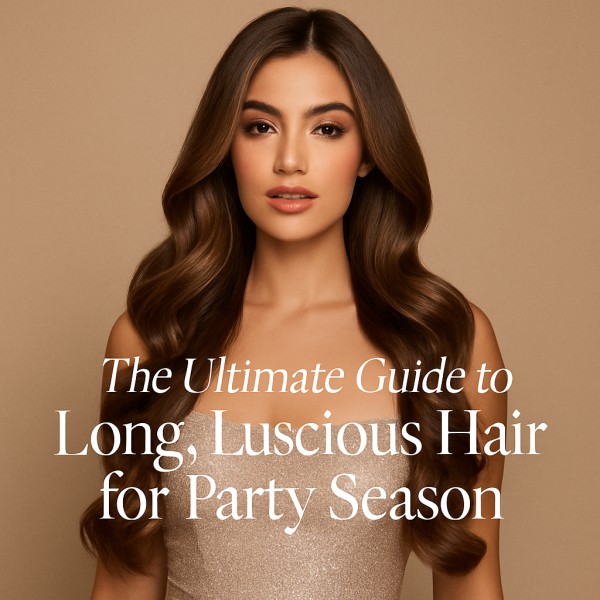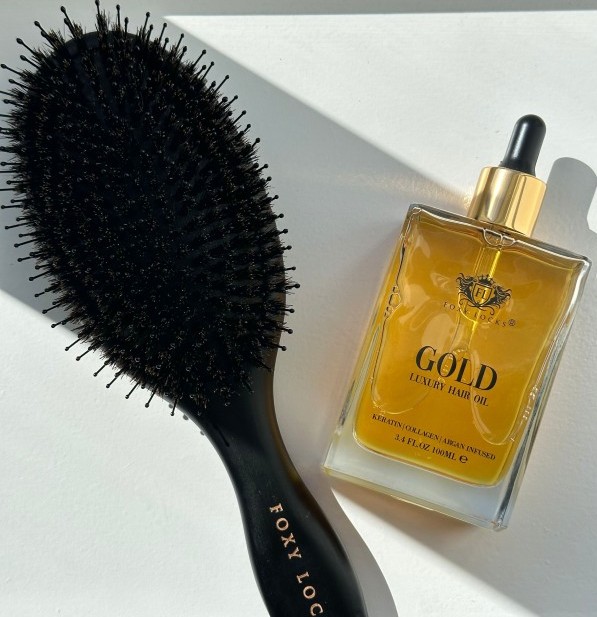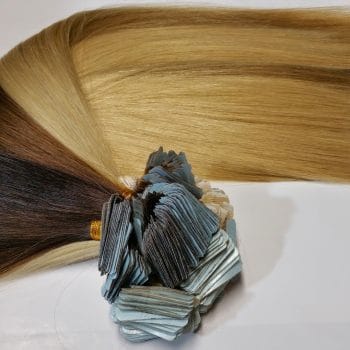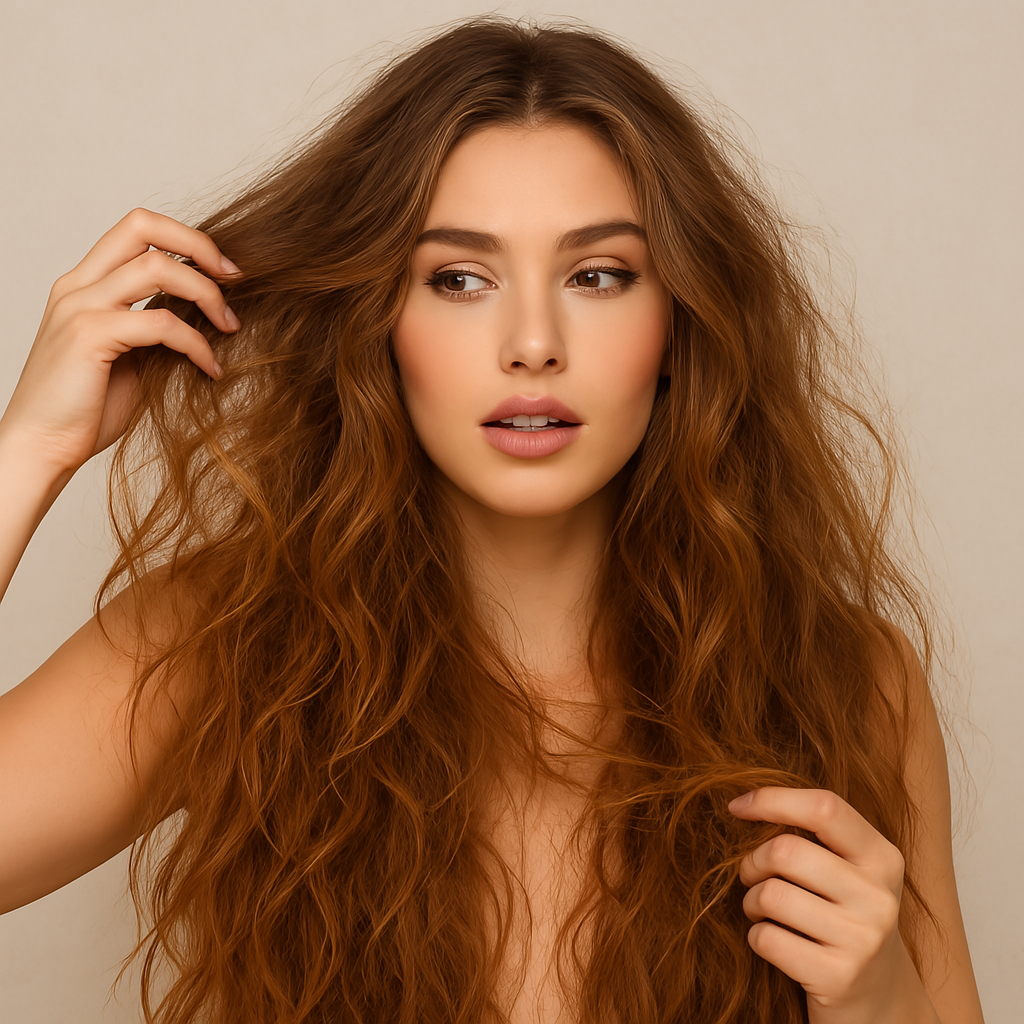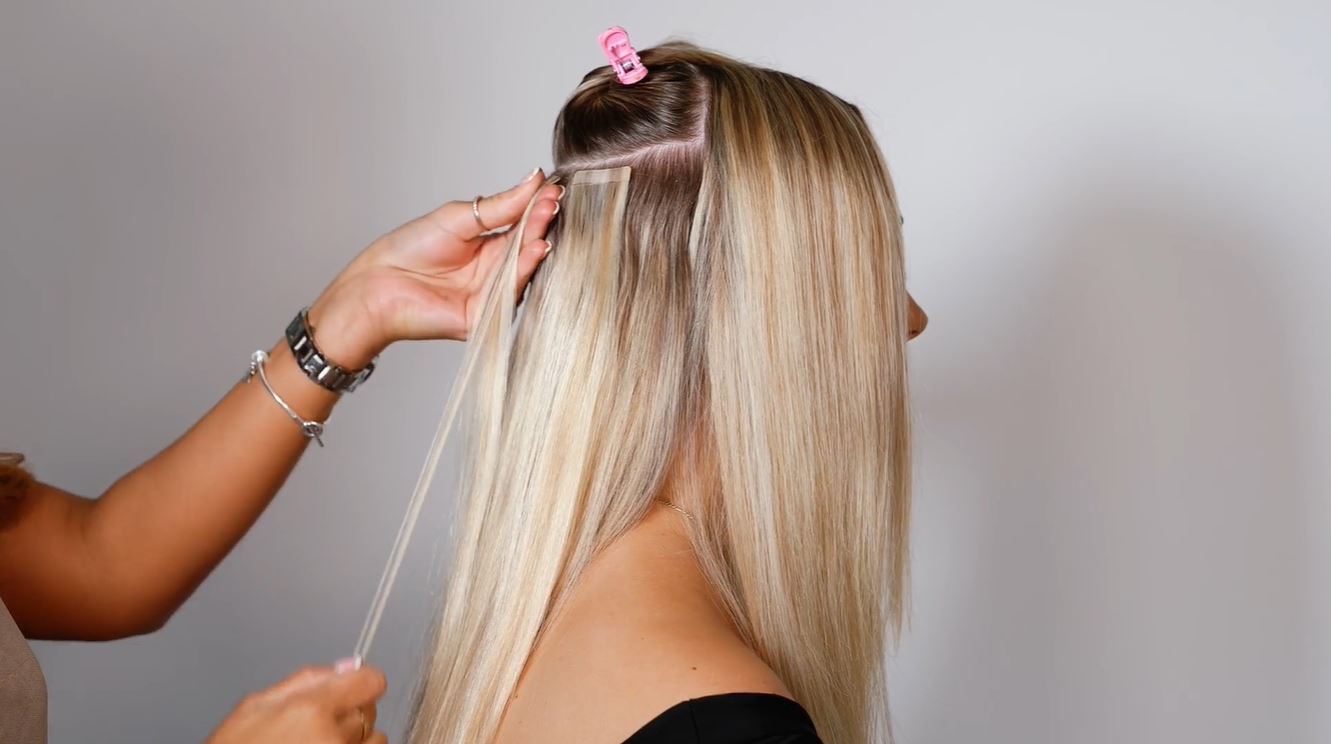What Type of Hair Extensions Are Least Damaging? Expert Guide
Author: Imogen Fox
Hair extensions can completely transform your look... but if you’re concerned about potential damage to your natural hair, you’re not alone. Many people ask: What type of hair extensions are the least damaging?
In this guide, we’ll walk you through the safest options, ranked from least to most likely to cause stress to your natural hair, and explain how to wear extensions without risking breakage, thinning, or long-term damage.
Least Damaging Hair Extensions - Ranked
1. Clip In Hair Extensions
Best for occasional wear and minimal damage
Clip ins are widely considered the safest type of hair extensions because:
-
They require no glue, heat, or adhesive
-
You can apply and remove them at home
-
They let your scalp and hair rest between uses
Tips to avoid damage:
-
Don’t sleep in them
-
Use high-quality Remy hair
-
Clip them in on clean, dry hair only
Foxy Locks Seamless and Invisible Clip Ins are especially gentle, with lightweight flat wefts that blend beautifully and sit comfortably without tugging.
2. Tape In Hair Extensions
Best for semi-permanent wear with professional application
Tape-ins are applied with a medical-grade adhesive and are very lightweight, lying flat against the head. They are gentle on hair if:
-
Applied and removed by a trained stylist
-
Reinstalled every 6–8 weeks to avoid matting or tension
-
Maintained properly with hair extension safe products and careful brushing
Look for ultra-thin tape wefts that won’t pull on your roots.
3. Micro Ring / Nano Ring Extensions
Moderate risk of damage if not cared for correctly
These use tiny beads to attach extensions strand-by-strand to your hair. While there’s no heat or glue, tension on small sections of hair can cause breakage over time - especially if they’re not maintained properly.
4. Keratin Bond (Fusion) Extensions
Can cause damage if worn long-term or poorly removed
These are heat-fused to your natural hair and are popular for a long-lasting finish. But they can weaken natural hair over time and are more likely to cause breakage or shedding if not professionally removed.
Key Factors That Influence Hair Extension Damage
Regardless of the type, here’s what truly determines whether extensions will damage your hair:
-
Hair quality – 100% Remy human hair is softer, less tangled, and easier to manage.
-
Styling habits – Excessive heat, tight hairstyles, and poor brushing can lead to damage.
-
Maintenance – Brushing gently, using the right products, and sleeping with hair in a loose braid can help.
-
Installation method – DIY or improper salon techniques are a major cause of damage.
So, Which Hair Extensions Are Safest?
If your top priority is keeping your natural hair healthy, clip in extensions are the least damaging option - especially when used occasionally and removed before sleep. For a longer-term solution, tape-ins offer a gentle, discreet alternative when applied professionally.
At Foxy Locks, we specialise in premium clip-in and tape-in Remy human hair extensions designed to enhance your look while protecting your natural hair.
Still unsure?
Send us a photo in natural lighting and we’ll recommend the safest, most suitable set for your hair type.
FAQs
Are tape in extensions less damaging than clip ins?
Clip ins are safer overall due to their temporary nature, but tape ins can also be safe when professionally applied and removed.
What extensions are best for thinning hair?
Lighter weight (under 180g) seamless clip ins or light tape ins work best. Avoid heavy sets or tight bonds that can strain the roots.
Can I wear extensions every day?
Yes, but choose lightweight, well-distributed clip ins and give your scalp regular breaks to avoid tension or stress.

